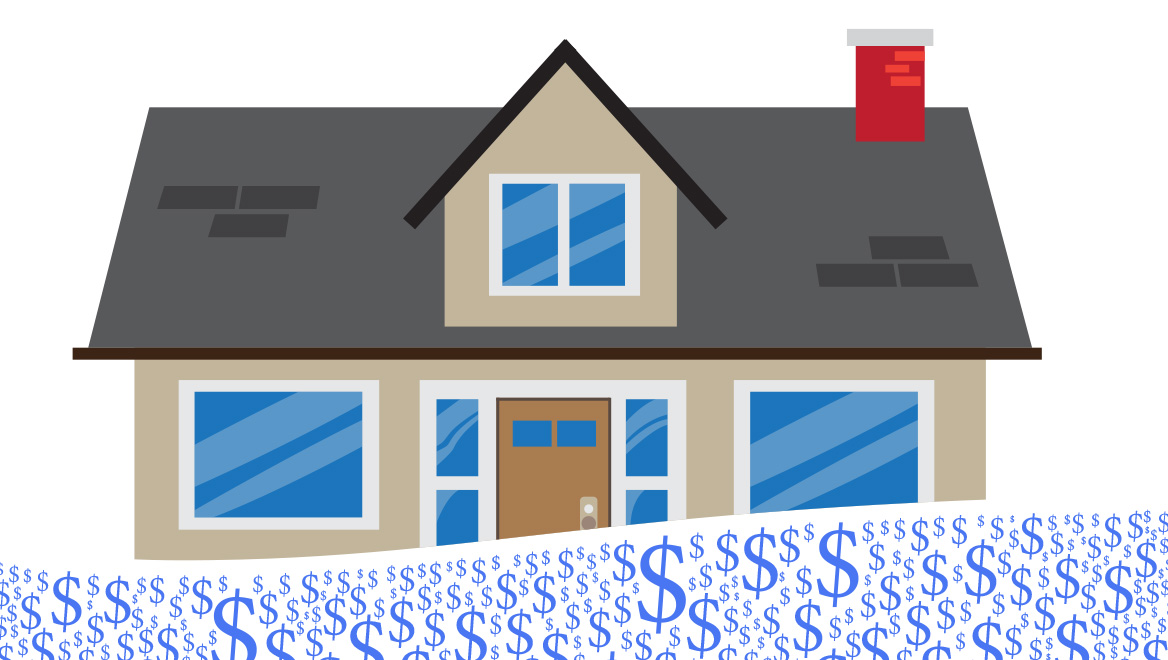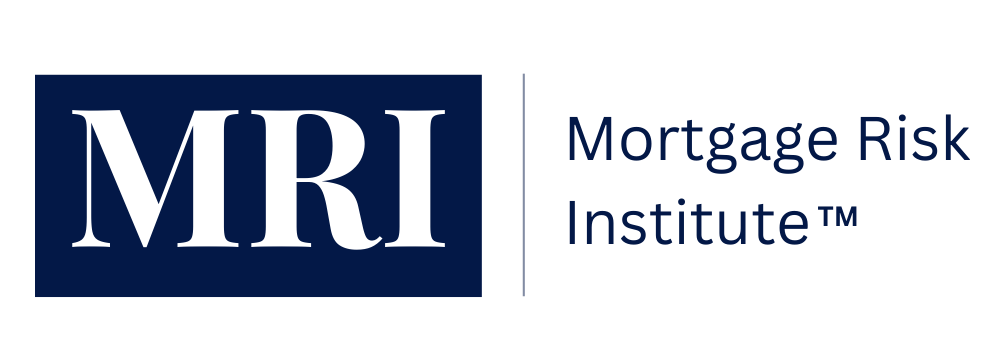
Just how quickly is the cost of homeowner’s insurance rising? Last year, the average premium for an annual policy in the U.S. was 20% higher than just two years earlier, according to Insurify. The increase is expected to easily eclipse inflation again this year.
Market dynamics and the interest-rate environment play a role in this trend. But in areas at higher risk of disastrous wildfires or storms, rates have risen by much more than the average: In January, the Insurance Information Institute noted that the average price of homeowners insurance in Florida had more than doubled over the past three years, rising 102%.
While some different factors are at play in the auto insurance market, those premiums are on a similar trajectory, up an average of 22% nationwide from March 2023 to 2024, according to the latest Consumer Price Index Summary. Meanwhile, some insurance companies are pulling up stakes, making insurance difficult to find as well. In some states, it can be said that the industry is in crisis. All of these issues make lending riskier.
Starting with this article, the RMA Journal is launching a series that will look at the reasons behind the rising costs and unavailability of insurance—and the effects of both on the banking industry. This installment will focus on the connection between insurance costs and credit risk. First: A look at why rates are up, and where they may be headed.
Why Insurance Rates Are Soaring
For insurers, the cost of covering the damage from catastrophic storms and wildfires has been rising steadily in recent years. The figure has topped $100 billion every year since 2020, hitting $108 billion last year. Also last year: U.S. property and casualty insurers recorded a $21.2 billion underwriting loss, after a $24.9 billion loss the prior year.
The same fires, floods, falling trees, and other hazards that are damaging and destroying homes are contributing to the quick rise in not only homeowners policy costs, but car insurance premiums as well. Additionally, post-pandemic inflation is making the labor-and-materials bills insurers cover to make good on claims considerably more expensive. The price insurers pay for their own insurance—the reinsurance that helps them reduce risk—is also up, as reinsurers grapple with the same climate-related and economic forces. Rising litigation costs; the popularity of bigger, more expensive vehicles that do more damage in accidents; the sensitivity of an insurer’s asset/liability mix to higher interest rates; and other factors are also adding to costs and losses that insurers are passing on to customers.
While inflation’s role in insurance rates should theoretically taper off sooner or later, the pressure on insurance rates caused by climate-related disasters is expected to continue, if not worsen. Consider wildfires. First Street Foundation, a nonprofit that assesses and reports on the potential impact of climate change, has projected that the number of U.S. structures destroyed in wildfires will double over the next 30 years, to about 34,000. Globally, reinsurer Swiss Re, citing the growing impact of a warmer world, expects global insured disaster losses to grow at a 5% to 7% annual clip, and potentially double, over the next decade.
Rising Credit Risk Now
In January, the average annual cost to fully insure an automobile in the U.S. stood at $2,543, up from $1,771 two years earlier, according to Bankrate. And when it comes to homeowners coverage, Florida and California residents are not alone in facing alarming increases. In Hurricane-prone Louisiana, premiums are projected to rise faster than any other state this year: a whopping 23% jump to an average of $7,809, according to Insurify—more than three times the current national average of $2,522. (To provide a baseline, in May 2024 Insurify had the average premium for $300,000 in coverage in Louisiana at $4,231.)
Insurance costs are not only affected by, but also contributing to a stubborn inflation rate that has not been falling as quickly as hoped, and they’re adding to rising household debt and expenses—including average car payments that top $700 a month for new vehicles and $500 for used ones.
Rising insurance prices can have multiple effects on consumer behavior, Cristian deRitis, deputy chief economist at Moody’s, told RMA. “Higher insurance premiums can squeeze household budgets and affect their ability to pay,” he said. “Households may prioritize paying their mortgages and insurance premiums over other unsecured debts such as credit cards and personal loans given the downside consequences of losing a home to foreclosure.”
“Rising insurance costs are contributing to rising credit risk,” he said, adding that those who can pay their bills will have less money for discretionary spending.
Rising insurance premiums “could have a corrosive effect on the economy as consumers and businesses curtail their spending and investment in other more productive areas,” deRitis said. “The inflationary effect of higher insurance rates could have implications for monetary policy, leading to higher for longer interest rates that curtail broader economic activity.”
More Credit Risk Later
Just as higher interest rates theoretically tamp down real estate values because they add to the total cost of ownership and reduce demand for a property, the same can happen as insurance rates rise, economists say. Even if rates moderate, recent insurance premium increases will be built into bills year after year—adding thousands to the principal, interest, and taxes homeowners are already on the hook to pay. Moody’s research has shown that, in the past, homeowners insurance rates have sometimes retreated during economic slowdowns. But it’s unclear if pressure from increased climate-related claims will counteract that relief in the future.
“Historically, insurance prices follow property values as premiums are a function of exposure, the probability of loss, and the severity of loss,” deRitis said. “With climate risk expected to increase the frequency and intensity of storms, heat waves, and other meteorological events, the cost to insure properties will likely continue to rise even with modest reductions in property values.”
Meanwhile, First Street Foundation has warned of a potential “climate insurance bubble” that, if it bursts, could force down the values of a quarter of all the houses in the U.S. In a 2023 report, it said the current market prices of millions of homes do not adequately factor in climate risk, and that insurance prices still have room to run before they truly reflect the risk insurers face.
If property values spiral down in response to insurance prices spiraling up, banks could end up holding concentrations of mortgages in areas where home prices fall so much that the mortgages on them are higher than the value of the collateral securing them.
U.S. Treasury Secretary Janet Yellen has said that climate-related insurance costs “can have significant consequences for homeowners and the values of their assets. In turn, these developments can have cascading effects on the financial system.”
Yellen is among many government and industry officials, agencies, and legislators turning their attention to the challenges in the insurance market. In March, the U.S. Department of the Treasury hosted a virtual roundtable with insurance industry stakeholders to discuss the increased risks from climate change.
Some industry watchers envision a federal role similar to the National Flood Insurance Program, which was created in 1968 to address the lack of availability of private flood insurance. But no one expects a legislative solution or prices to fall significantly anytime soon.
As the industry and regulators ponder an appropriate path, banks can take action now. A future installment of this series will share ideas on how banks can mitigate the risks of rising insurance costs.


